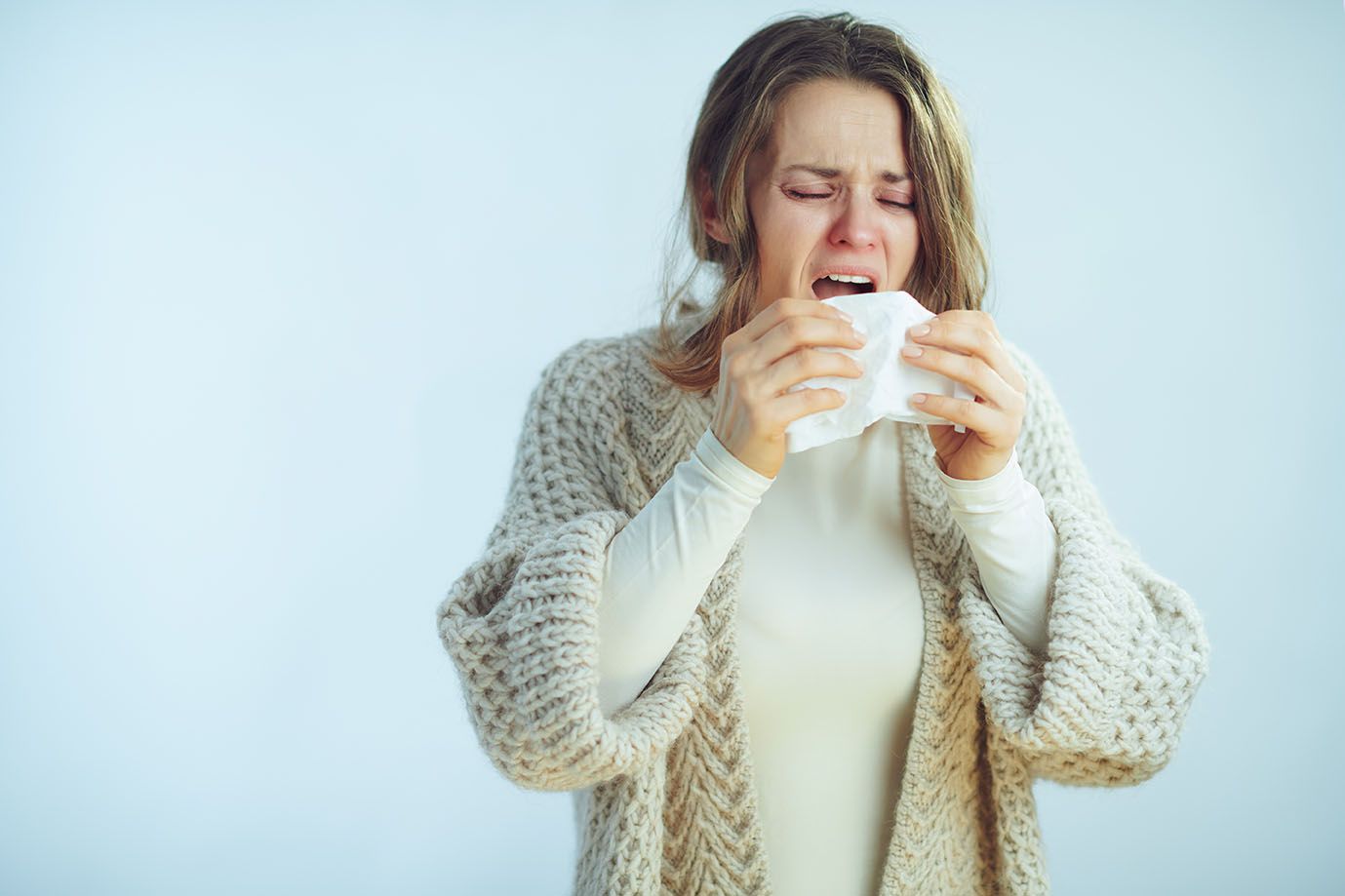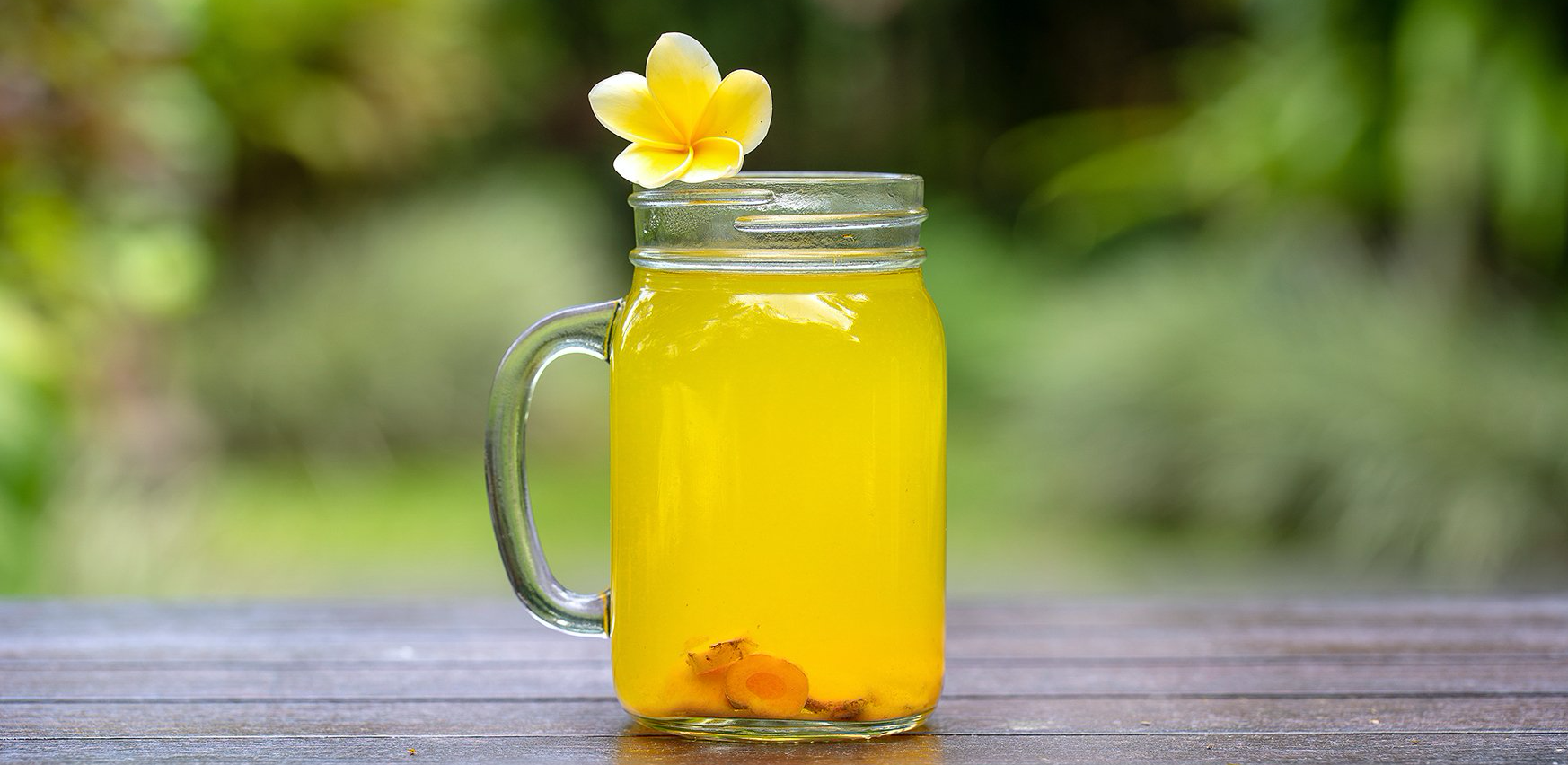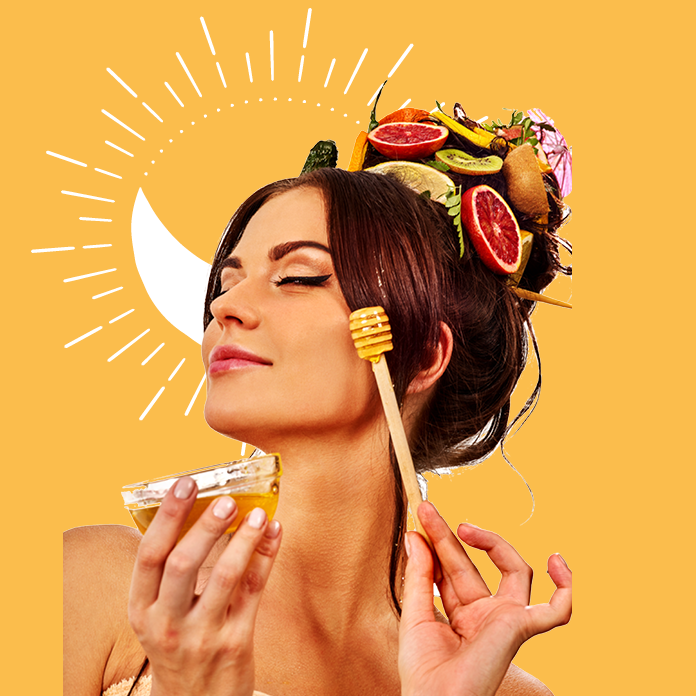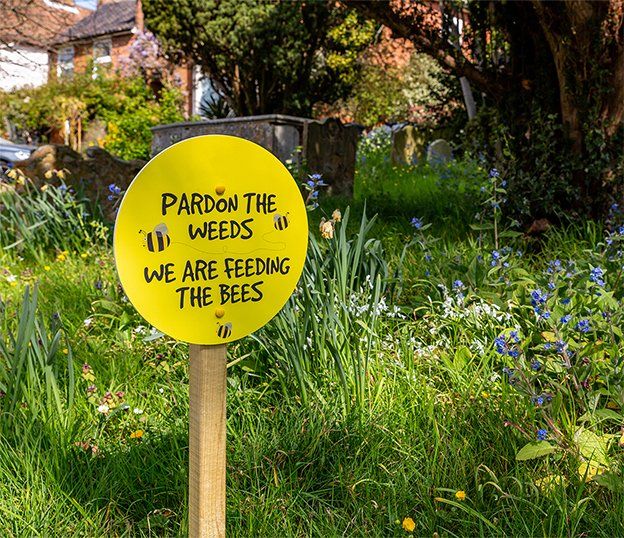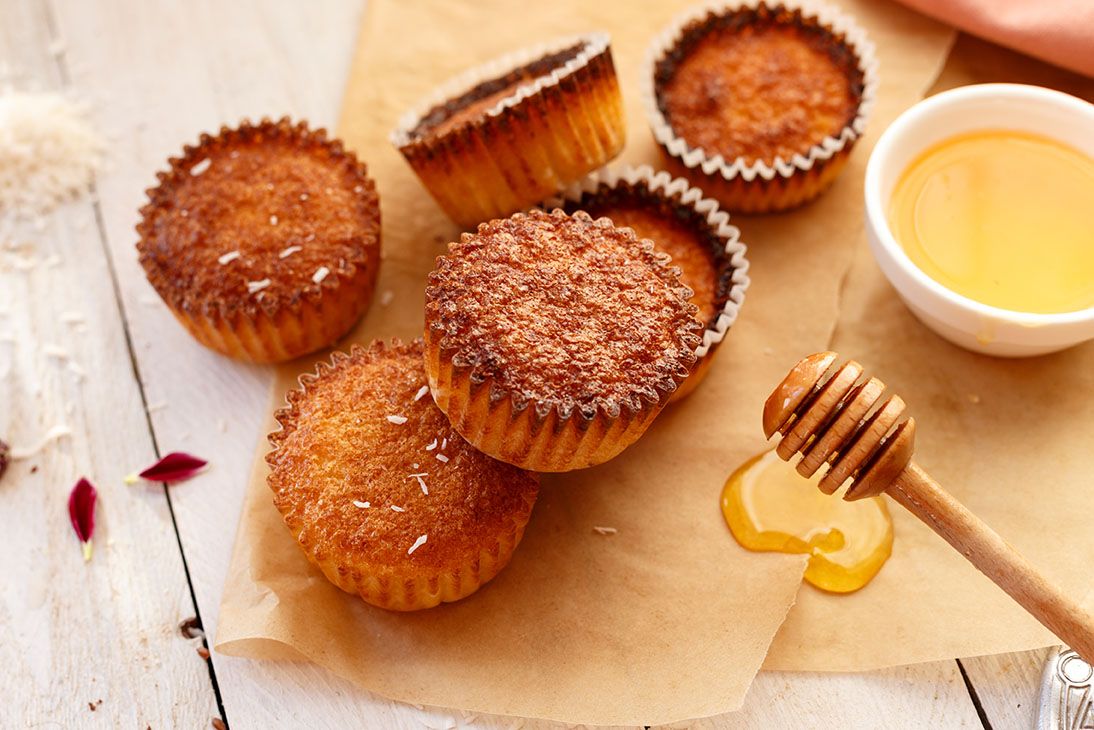Super Honey
What is Active Honey?
Active honey is a rating that is given to honey that has been tested for it’s effectiveness at killing bacteria and other microorganisms.
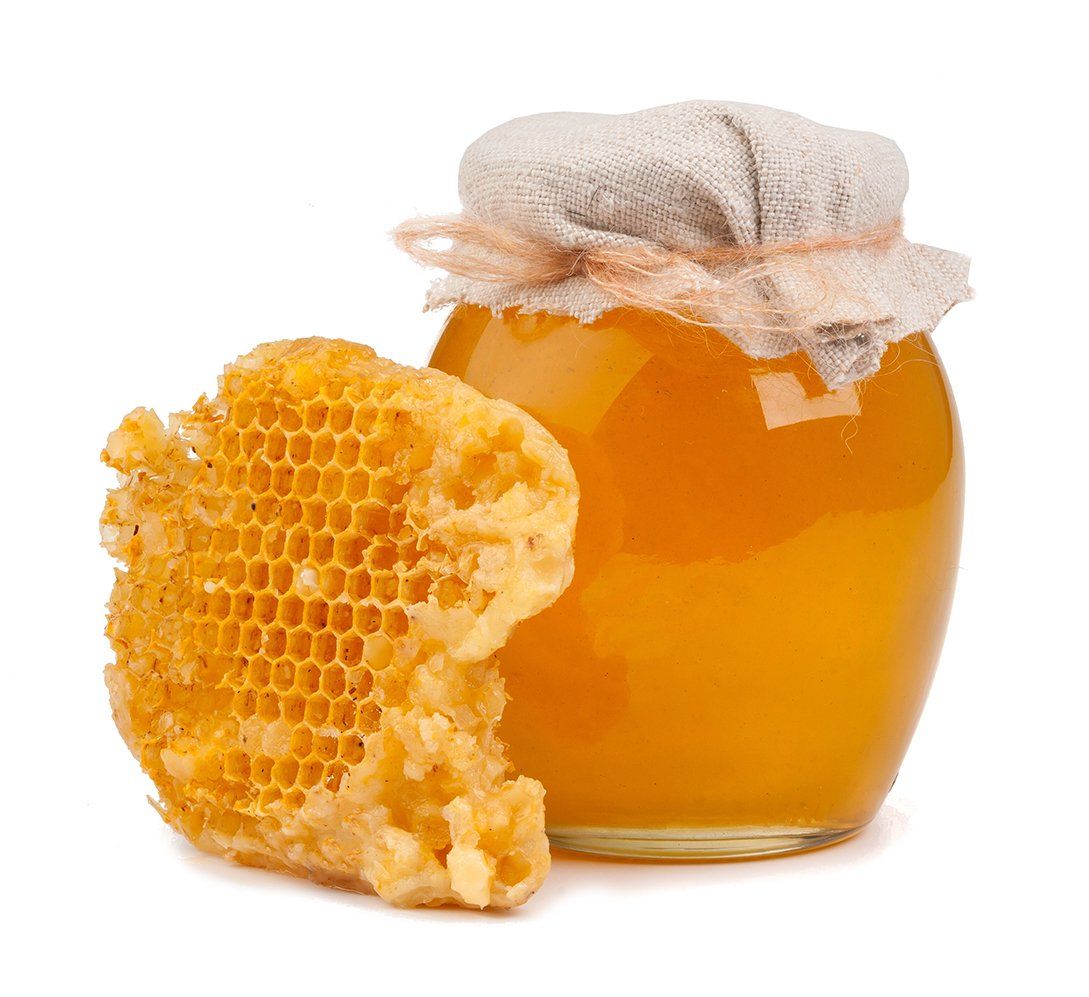
Natural Enzymes from the Bees
Bees add natural enzymes to their honey that produce bacterial and microorganism killing substances. Not all honey has the same healing capacity. Variations of their antimicrobial potency vary greatly depending on the floral source used by the Bees.
How to identify Active Honey
You may have heard of Manuka (New Zealand Maori name) Honey from the Leptospermum scoparium tree, native to New Zealand and Australia. This honey is one of the most well known and used medicinal active honey types. However that is not the only one.... there are many other types of honeys that also contain high levels of antibacterial, antimicrobial properties. The active rating codes are found on the label of the honey. See below the different grades and what they mean.
Active honey scales.
What do the codes mean?
MGO, NPA, PA, TA+
NPA (non peroxide activity) & MGO
There are a few different grading types when looking at a honey’s antimicrobial strength. NPA (non peroxide activity) & MGO (methylglyoxal) are the two indicators that measure the grade and activity of Manuka honey. The antimicrobial power in honey that is derived from chemicals in the nectar that bees collect from flowers (Manuka Flowers) known as Methylglyoxal (MGO).
PA (Peroxide activity)
PA is associated for honeys that have a high active property in the form of Hydrogen Peroxide. Bees produce an enzyme called glucose oxidase which they add to their honey. Glucose oxidase reacts with the glucose (sugar) and the water in honey and produces Hydrogen Peroxide.
A powerful antibacterial, anti fungal agent that is gently on skin tissue and in the digestive system.
TA+ (Total Activity)
TA is the sum of the two types of antibacterial power in Honey: Peroxide Activity (PA) and Non Peroxide Activity (NPA). TA = PA + NPA
Careful not to heat your Active or Raw Honey
Heating honey (greater than 40 Degrees) destroys many of the antibiotic and antimicrobial properties in the honey.
To keep the goodness of the honey intact use warm water temperature below 40C or 104F
Regular honey that is most common in supermarkets has been processed and heated (pasterised - 60C) and does not contain the nutritional or healing potency of Active & Raw honey.

